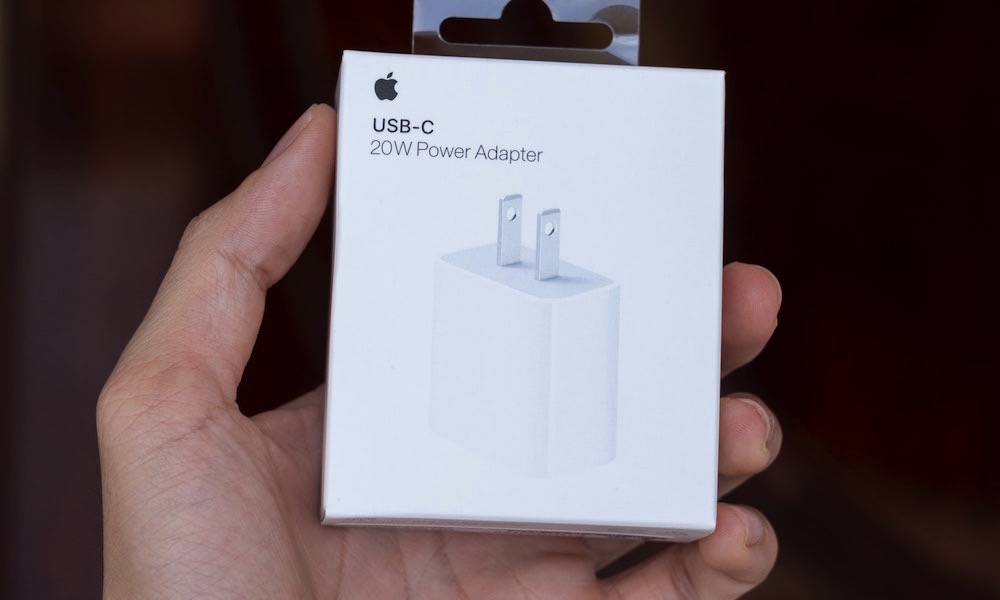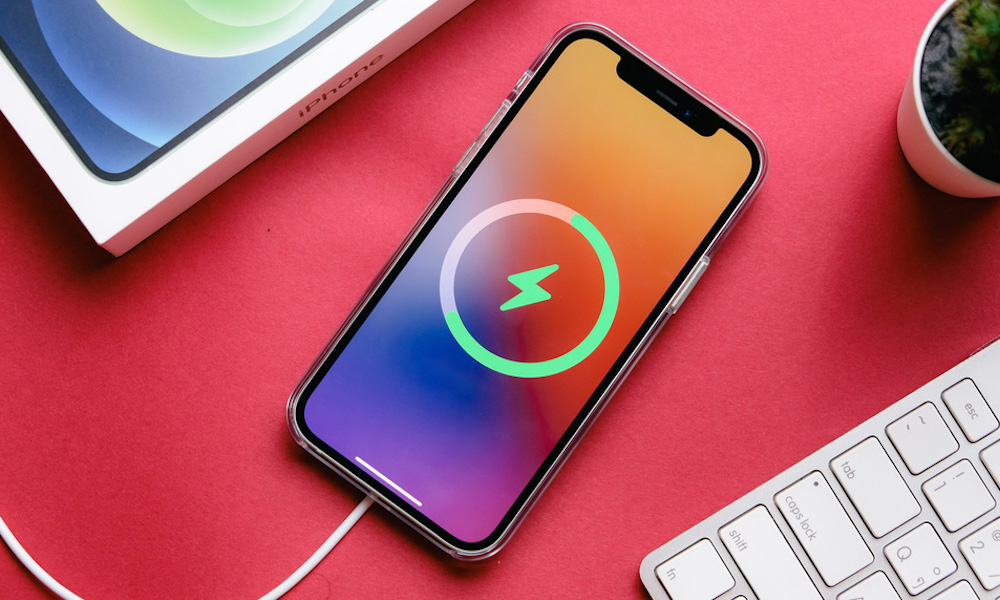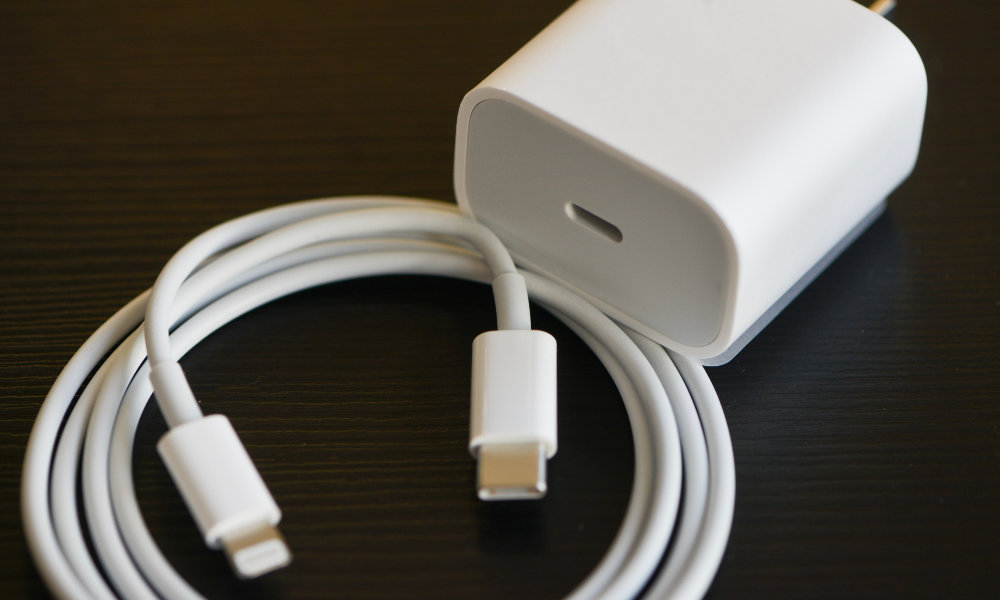Apple Plans to Sell Significantly More 20W USB-C Chargers After the iPhone 15 is Released | Here’s Why
 Credit: Thai Nguyen / Unsplash
Credit: Thai Nguyen / UnsplashToggle Dark Mode
It’s basically a given that this year’s iPhone 15 lineup will finally signal the death of the Lightning port, as Apple is forced to switch to the open USB-C standard. However, many are still wondering if Apple will truly embrace the openness of USB-C or if the company plans to cook up some proprietary restrictions on the iPhone 15’s new ports.
Some questionable rumours have been circulating for a while to suggest that Apple may plan to lock down its USB-C ports just as tightly as it’s done with Lightning over the years. Such a move would require accessory makers to sign up for Apple’s Made-for-iPhone (MFi) program to build devices that could take advantage of certain features.
While it’s not hard to believe that Apple may go in this direction, it’s highly unlikely the company would restrict basic USB-C charging. Such a move would almost certainly run afoul of the spirit of the European Union’s regulations for a common charging standard, if not the letter. After all, the whole point of mandating the adoption of USB-C is to reduce e-waste by preventing people from having to replace their chargers when buying a new device.
Ironically, the EU’s regulations will generate more e-waste in the short term, as the iPhone 15 moves to USB-C and upgraders are forced to leave their Lightning accessories behind. However, the Commission obviously feels that this is a short-term pain that’s worth the longer-term gain. Besides, many Apple device owners have already found themselves caught in a limbo of charging standards, with Apple’s iPhones and even some Mac accessories charging over Lightning while the iPad and the Macs themselves use USB-C.
A ‘Significant Increase’ in 20W USB-C Charger Sales
Nevertheless, several sources have speculated that Apple could choose to restrict the fastest USB-C charging speeds to MFi-certified accessories and cables.
That wouldn’t be entirely unprecedented, as Apple has already done the same thing with MagSafe charging, where only Apple-certified chargers deliver full 15W charging speeds. Every other wireless charger — even those with a ring of magnets built-in — still only charge at 7.5W.
Now, reputable analyst Ming-Chi Kuo has weighed in, seemingly corroborating some of the more specious rumours with a report that Apple is preparing to sell more than twice as many of its 20W USB-C chargers “following the switch to USB-C for the iPhone 15 series.”
In a post on Medium, Kuo adds that Apple may restrict the charging performance of non-Apple chargers, in much the way it’s already done with MagSafe. This would force users to buy Apple’s 20W USB-C charger if they wanted the best possible charging speeds.
I believe Apple will optimize the fast charging performance of MFi-certified chargers for the iPhone 15. Among Apple’s chargers, the 20W USB-C model is the most cost-effective choice for iPhone users, resulting in strong replacement demand for 20W USB-C chargers.
Ming-Chi Kuo
If Apple went down this road, the company would presumably make these faster charging speeds available to its MFi partners, but whether that would happen in time for third-party chargers to be available with the iPhone 15 release is another matter.
While it’s easy to see how this strategy would drive demand for more chargers, it’s also a move that could easily backfire on Apple, particularly if the EU decided the company was playing fast and loose with its rules.
It’s also important to note that Kuo doesn’t offer any solid information to support the idea that Apple plans to restrict charging speeds; he merely says that he “believes” the company may optimize fast charging to work better with MFi-certified chargers.
Further, Apple has allowed fast charging through the Lightning port for several years now, beginning with the iPhone 8 and iPhone X in 2017. Apple’s “Max-sized” iPhone 13 Pro and iPhone 14 Pro models can charge at speeds of up to 27 watts — and they can do this with any USB-C adapter, not just one made by Apple. If Apple hasn’t chosen to restrict charging speeds with its proprietary Lightning port, it would be particularly odd for the company to do so when it adopts a USB-C port.
The Real Reason Apple Plans to Sell More Chargers
The information Kuo does have indicates that Apple is planning to sell as many as 70 million more USB-C chargers after the iPhone 15 is released, but that doesn’t necessarily suggest the company is doing anything nefarious.
The mere switch to USB-C will likely drive significant sales by itself, as those upgrading to the iPhone 15 are required to cast aside their older Lightning cables — many of which they may have been using with older USB-A chargers for years.
Apple stopped including a charger with the iPhone in 2020 with the release of the iPhone 12. However, it also applied that to the older iPhone 11 and iPhone XR models it was still selling. Instead, customers received only a USB-C to Lightning cable in the box.
Those new to the iPhone would have had to pick up a USB-C charger somewhere, but folks upgrading from an older iPhone could have gotten by just fine with the 5W USB-A charger and Lightning cable that Apple had included in the box with virtually every iPhone model before that; the 2019 iPhone 11 Pro and iPhone 11 Pro Max were the only two models that ever included a USB-C charger (and Apple didn’t even get that quite right).
While that older charger wouldn’t provide nearly the same charging speeds as a proper USB-C adapter, it was more than enough for folks who plugged their iPhones in overnight. Many iPhone users likely already had other USB-A chargers that could be used with the USB-A to Lightning cable that had come with their older iPhones.
Power users would certainly benefit from a USB-C charger, but given the choice between spending more money or going with what they already had, many more casual iPhone owners were likely content to just live with the slower charging speeds — assuming they cared about charging speeds at all.
However, when the iPhone 15 switches to USB-C, those older USB-A to Lightning cables will have to go into the bin. Apple will likely include a proper USB-C to USB-C cable in the box, leaving new iPhone 15 owners to decide whether to buy a USB-C charger, or go looking for a USB-A to USB-C cable to plug into their existing adapters.
At $19, Apple’s 20W USB-C adapter isn’t prohibitively expensive. While price-conscious consumers can certainly do better by shopping around, many folks will find it simpler to buy Apple’s 20W charger alongside their new iPhone 15 — and that’s undoubtedly what Apple’s retail store employees will also recommend. As Kuo notes, they may even purchase more than one “to meet the need for more charging locations.”
[The information provided in this article has NOT been confirmed by Apple and may be speculation. Provided details may not be factual. Take all rumors, tech or otherwise, with a grain of salt.]











